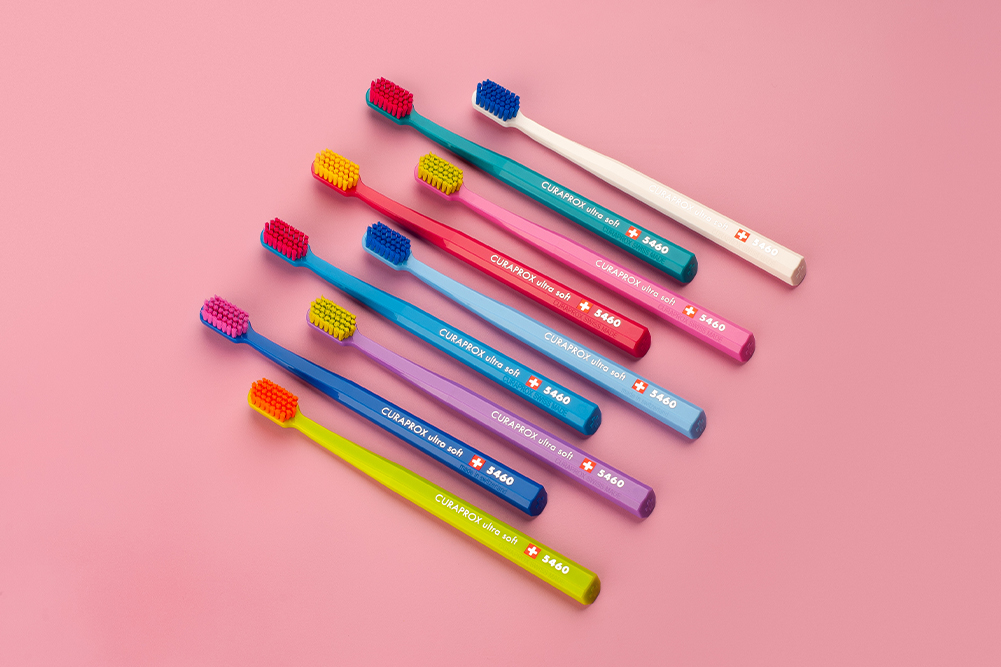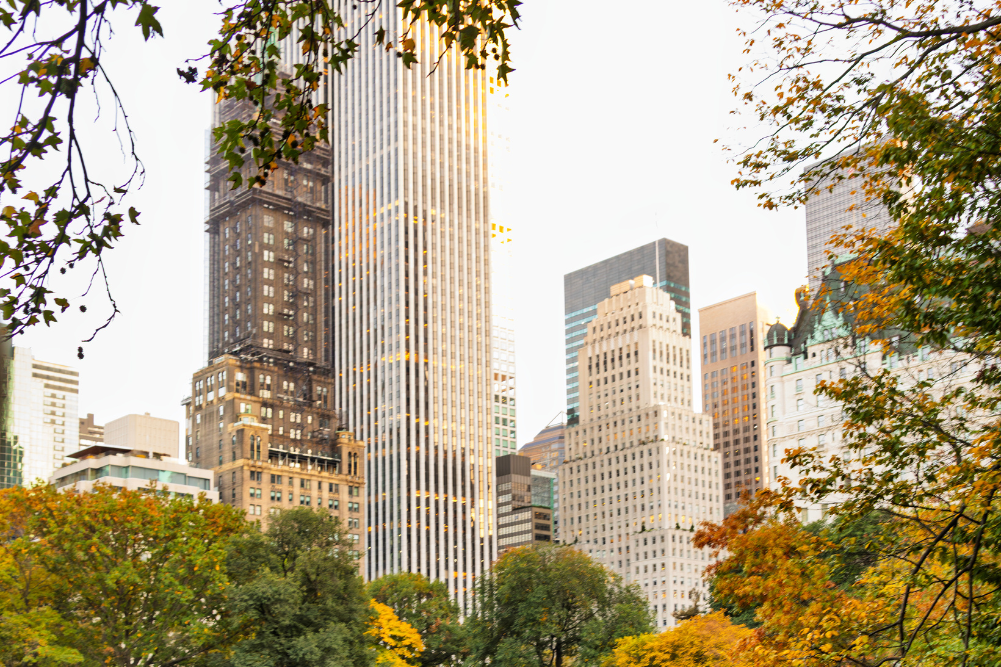Tiny particles, big concerns
On the whole the food that we can grow on this planet is pretty good. Certainly the Martians would think so although mind you, faced with a plate of red dust washed down with unfrozen ice for three meals a day then anything will look appealing. Imagine how the Martians would yearn for a plate filled with naturally grown corn, broccoli, asparagus, and beet perhaps with a wild caught deep sea dory on the side. Dust only has so many gastronomic possibilities but we on this planet don’t seem overly happy with the food supply. First we try to genetically modify it and now the future of food is being touted as nanotechnology. According to a new study however, this future is far from certain.
Nanotechnology is the study, use, and manipulation of things at the atomic level. Things are regarded as being on the nanoscale if they are less than 100 nanometres (nm) in size. To put that in perspective a strand of DNA is 2nm in width, a red blood cell is 7 000 nm, and a human hair is 80 000 nm wide. This is little, it’s tiny, it’s stuff at the level of atoms. Manipulation of nanotechnology is being applied to all areas but perhaps of most importance is the claims that it will be a boon for the food chain.
As far as food goes nanoparticles have a range of potential applications. By using nanoparticles in seeds proponents say they will be able to change the properties of the seeds so the yield, colour, and growth season (to name but a few qualities) are more pleasing.
Food will be able to be fortified with nano-encapsulated micronutrients. The appearance and taste of food will be able to be altered by nanoparticles and sugar and fat will be put into a kind of nano-jail from where they cannot harm the consumer.
Yes, there’s more: nanocapsules will be used to make “smart foodâ€. Already developed is a clear, tastless drink that contains these nanocapsules. The user will be able to activate the nanocapsule of their choice to give the taste and appearance of their choice. Nanosensors could detect spoilage in food and change the colour of food to let the consumer know if something is going off. There is even talk that nanosensors invisible to the human eye could allow food to be tracked from the farm to the store to the home.
Some of you may be cheering and waving the nano flag at all of this while others will be staring pop-eyed and aghast at the food future that is about to dawn. Those of you in either category should pause and take breath because all of the information above comes from those who advocate nanotechnology but there are many who are raising questions as to whether this is the way forward.
In the latest study researchers analysed almost 100 articles published in scientific journals on the effects of different nanoparticles on a range of edible plants. Their analysis showed that the uptake and build up of nanoparticles varies and this variation depends on the plant species and the size and form of the nanoparticles. The researchers describe the knowledge of the toxicity of nanomaterials as being at the “foundation stageâ€. Would you pick up any old root that you found in the ground and eat it? Does something originating in a lab rather than the soil make it any safer?
For a moment let’s put aside the horrors of a corporation being able to own part of the food chain and track that food right onto your plate. Not an easy thing to put aside but it’s a topic to enlarge upon another day.
The researchers from this study point out that nanoparticles could end up in the environment and settle in the soil, especially if they have been used in fertilisers and growth enhancers. As far as how they will impact animals and humans who consume them, well, who knows?
The thing about nanoparticles is because they are so tiny they behave in ways that are totally unlike larger particles and are therefore unpredictable. Some of the early nanotoxicological research suggests that nanoparticles are more reactive and more mobile than their larger cousins.
Maybe we need a touch more data before we leap onto the nanotech food bandwagon. It’s a small wagon, but the wheels are spinning fast.
Meanwhile if you visit Meijer Ad that contains mostly likewise discounts with Winn Dixie Ad you surely have a range like ALDI Ad.







